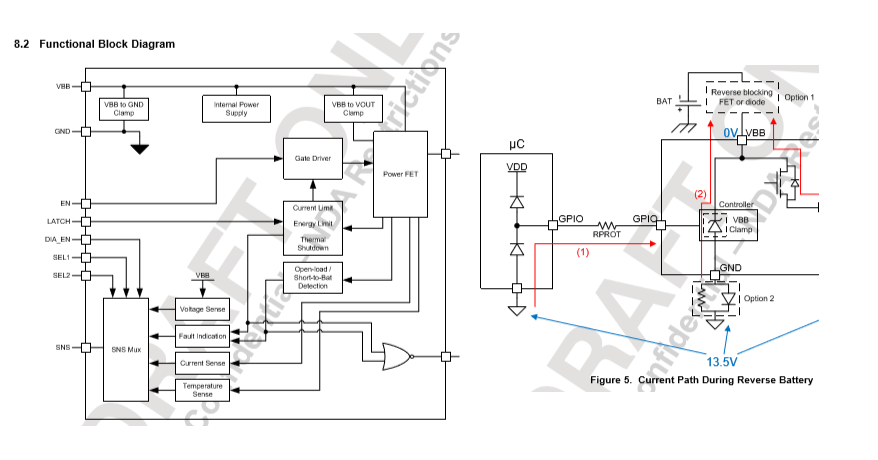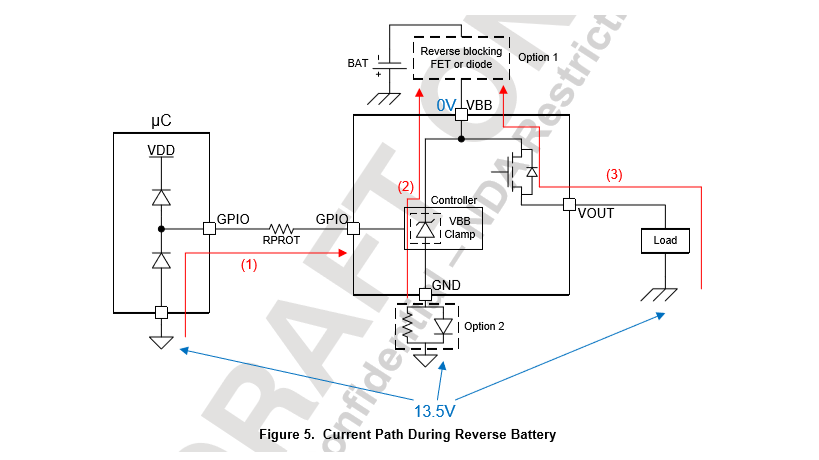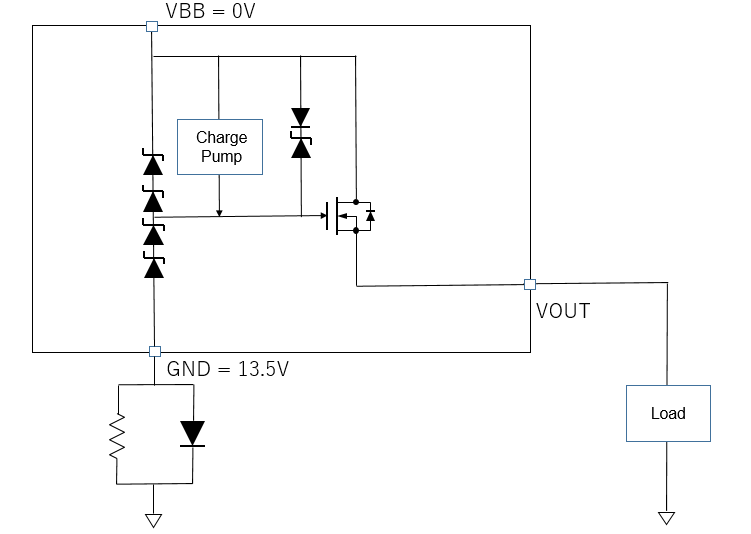Dear, Sir.
My customer is applying Infineon's High-side IPD like BTS5016, so I am considering
how to replace it to TI's product.
An engineer complained that Infineon's products don't reflect the advantage standing on
system level usage such as Reverse battery. I thought TI's product would meet with his
expectation, the replacement could be realized.
I am so sorry ask you about this kind of fundamental matter, but hoping to get your
teachings to improve my poor understanding.
1. Integrated Power FET.
Is it a NMOS FET?
2. Internal Power Supply.
Is it a charge pump?
3. Automatic Switch On with Reverse Battery.
Does it mean TPS1HA08-Q1 can be driven FET gate under reverse battery condition
by biasing from GND side?
How to realize that utilizing function blocks? I checked 8.2 Functional Block Diagram on
DS, but not clarified yet.
Best Regards,
H. Sakai




